If you’ve ever felt like your daily Instagram posts are falling into a black hole—or your Facebook ads are draining your budget faster than you can say "ROAS"—you’re not alone.
In 2025, after working with over 600 clothing brands and helping them generate millions in revenue, one truth has become crystal clear: both organic and paid marketing work. But the magic lies in knowing when to use which—and how to combine them effectively.
This article breaks down exactly what’s working now, with real data, proven frameworks, and tactical examples from top-performing brands. Whether you're stuck at 5 likes per post or spending $1,000/day on ads with minimal ROI, this is your guide.
Organic vs. Paid: The Real Difference
Let’s get one thing out of the way: organic content and paid ads serve two very different purposes.
-
Organic = trust, familiarity, and long-term brand equity.
-
Paid = speed, scale, and short-term conversions.
Organic content nurtures an audience over time. It's how you build your voice, earn free trust, and educate your ideal customer. Paid advertising, on the other hand, lets you test ideas, acquire data quickly, and scale fast.
You can build a million-dollar brand using both. But using them at the wrong time—or expecting them to do the same job—is where most brands fail.
Why Most Organic Content Falls Flat
Let’s talk about the “crickets” problem.
Most clothing brands are just filling up their grid—random photos, inconsistent messaging, and zero strategic storytelling. No wonder it doesn’t convert.
Here's what actually works in 2025:
1. Episodic Reels
Think of it as your brand’s mini-series. A weekly behind-the-scenes look at drops, designs, or styling tips that keep viewers coming back—like a TV show. Example: "Drop Day Diaries" every Friday.
2. Founder-Driven Talking Head Clips
Let the people behind the brand talk. Use short, face-to-camera videos to explain your mission, answer FAQs, and share brand beliefs. It's not mandatory—but it's the fastest way to build trust.
3. Emotional or Educational Carousels
Don’t just post outfits. Post style tips, sizing guides, or lifestyle guides that relate to your audience's aspirations. Think: “2025 Beach Packing List” or “How to Style 3 Staples for 5 Occasions.”
4. Interactive Stories
Use Instagram’s polls, quizzes, sliders, and DMs. These aren’t gimmicks—they’re engagement machines. The algorithm loves interaction. Your community will too.
5. Behind-the-Scenes Content
Packaging day? Photo shoot? Design sketch? Turn it into ASMR-style or vlog-style content. People love transparency—it makes the brand human.
6. UGC That Feels Real
Your customers are your best models. Encourage them to tag you, then repost them. It builds trust and shows real people wearing and loving your products.
7. Timing and Engagement
Use Instagram Insights to time your posts when your audience is online. Then show up in the comments and DMs like it matters—because it does.
When to Use Paid Ads—and How to Win With Them
Paid ads are not magic bullets. But when done right, they accelerate what’s already working.
Here’s what’s winning in paid right now:
1. Data, Fast
Instead of waiting 60 days for a post to (maybe) go viral, spend $60 to test three creative angles in one afternoon. You’ll learn more, faster.
2. Hook, Offer, Angle
Strong ads need:
-
A scroll-stopping hook (visual or audio),
-
A clear, irresistible offer,
-
And an angle that resonates with your target audience.
3. The Offer Equation
Discounts are lazy. A true offer can be:
-
Free shipping
-
Free gift with purchase
-
A strong return policy
-
Rapid shipping
-
Quality guarantee
Combine these to increase perceived value without killing your margins.
4. Audience Clarity
The best performing ads speak directly to the niche. Know who your brand is for, and tailor your content to their desires, frustrations, and identity.
5. Creative Library
Use tools like Foreplay to collect high-performing ads for inspiration—not copying. Adapt what’s working in your market with your voice and values.
Case Study: Scaling with the Right Mix
One boutique brand started with just $30/day in ad spend. Today, they’re spending $3,500/day and asking how to hit $10,000.
Their secret?
-
Started organic to refine messaging.
-
Used paid to test and scale.
-
Created brand association (faith-based fashion) without being overt.
-
Built a funnel that included great product pages, email/SMS, and retargeting.
Despite the scale, their organic content still averages just 10–15 likes. But that doesn’t matter—because organic was never about likes. It was about connection.
The Funnel Most Brands Are Missing
It’s not enough to just run ads or post pretty content. You need a system:
-
Organic attracts cold attention
-
Paid ads scale proven messages
-
Landing pages + product pages close the sale
-
Email + SMS nurture for LTV
-
Great offers reduce friction and increase conversion
The Bottom Line
Both organic and paid are essential to building a scalable clothing brand in 2025. But the most successful brands aren’t choosing one over the other—they’re using both strategically.
So ask yourself:
-
Are you posting content just to stay visible—or to build belief?
-
Are your paid ads selling a product—or delivering a message your ideal customer can’t ignore?
Start with organic. Nail your story. Then pour gasoline on it with paid.
Because in the end, organic builds brand. Paid builds growth. And together?
They build empires.
Ready to scale your brand?

Book a free 45-minute strategy call with the team behind 600+ brand success stories. Learn the exact system to go from $100/day to $1,000/day ad spend—and do it profitably.
👉 Schedule Your Free Strategy Call


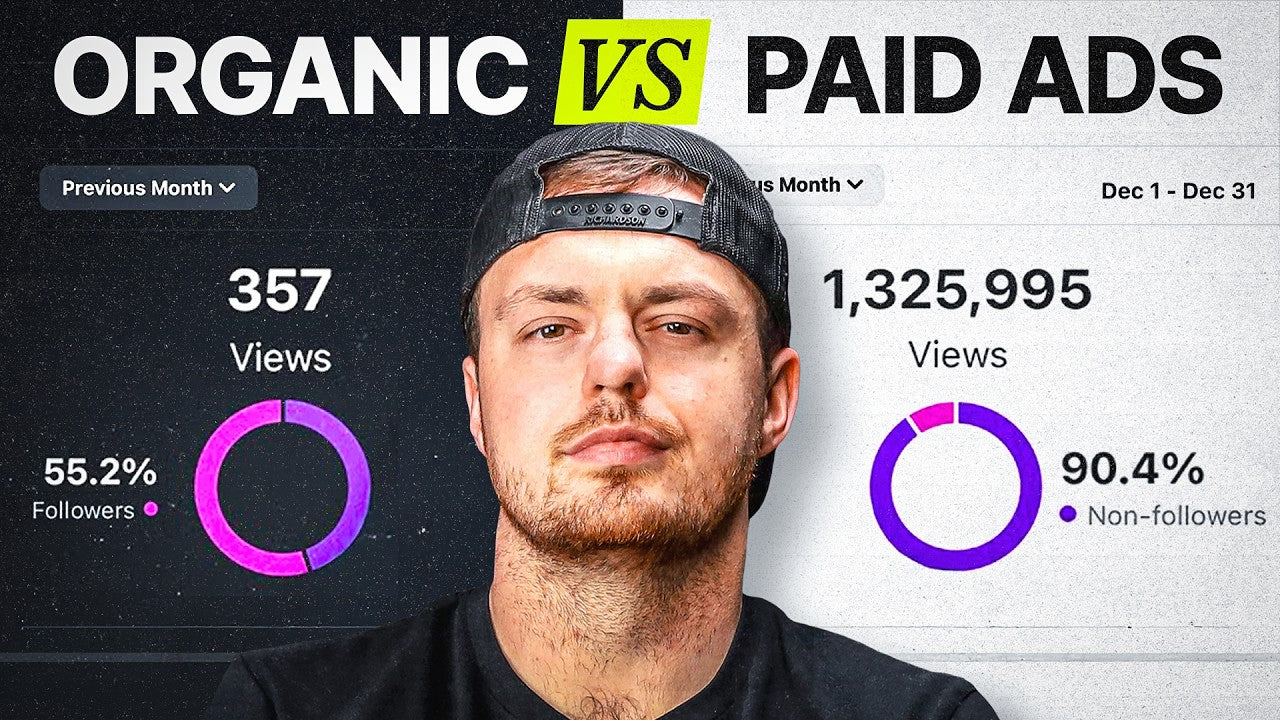
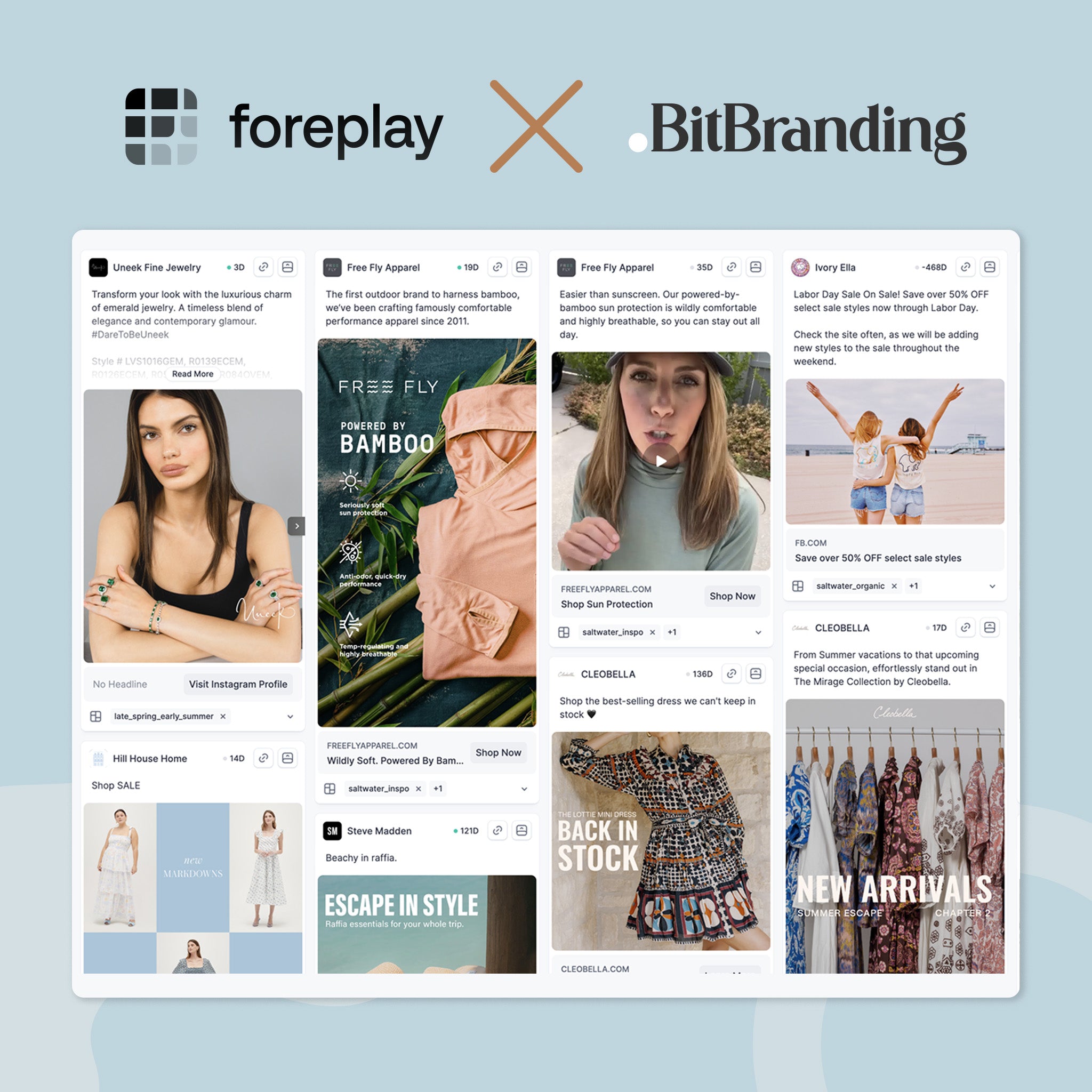
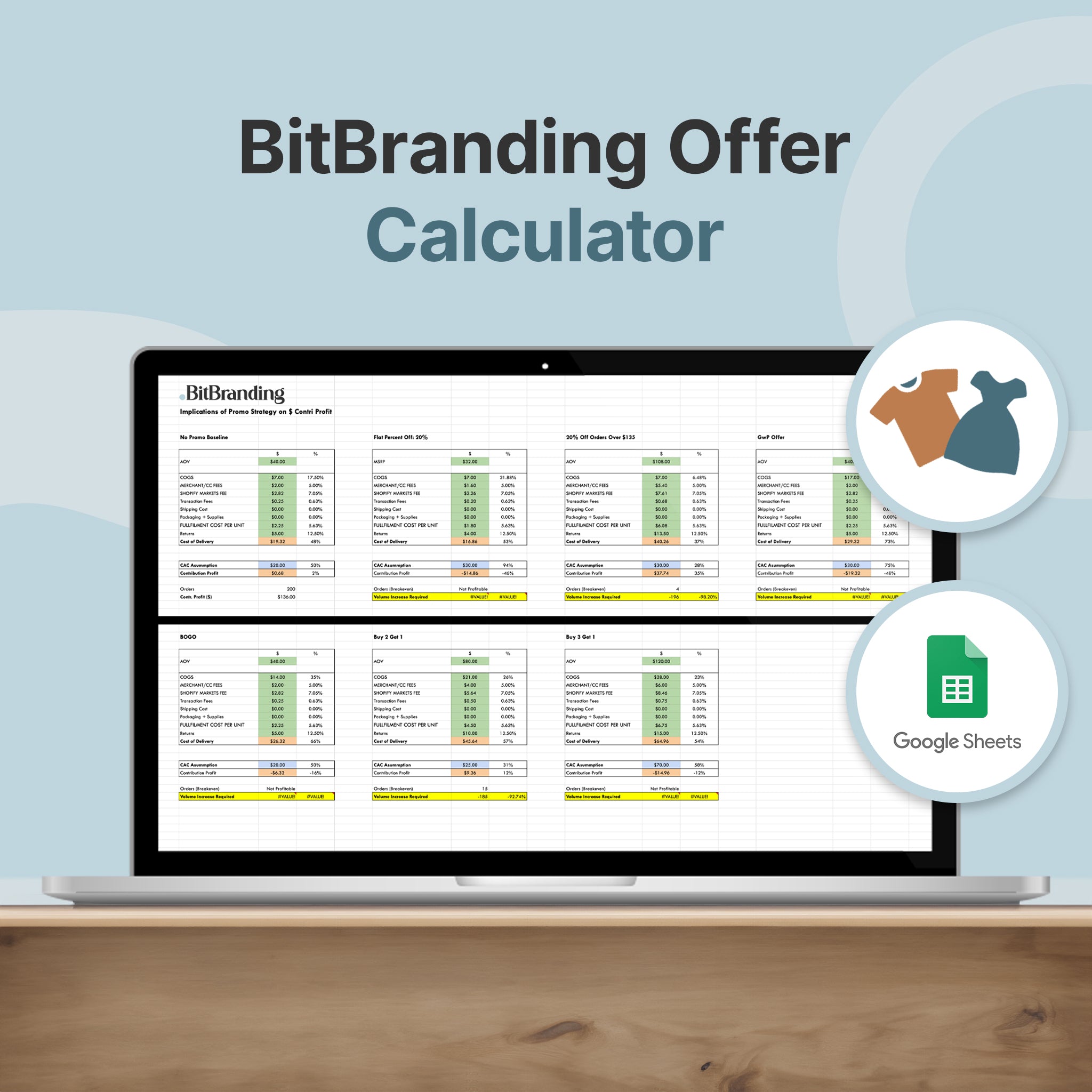
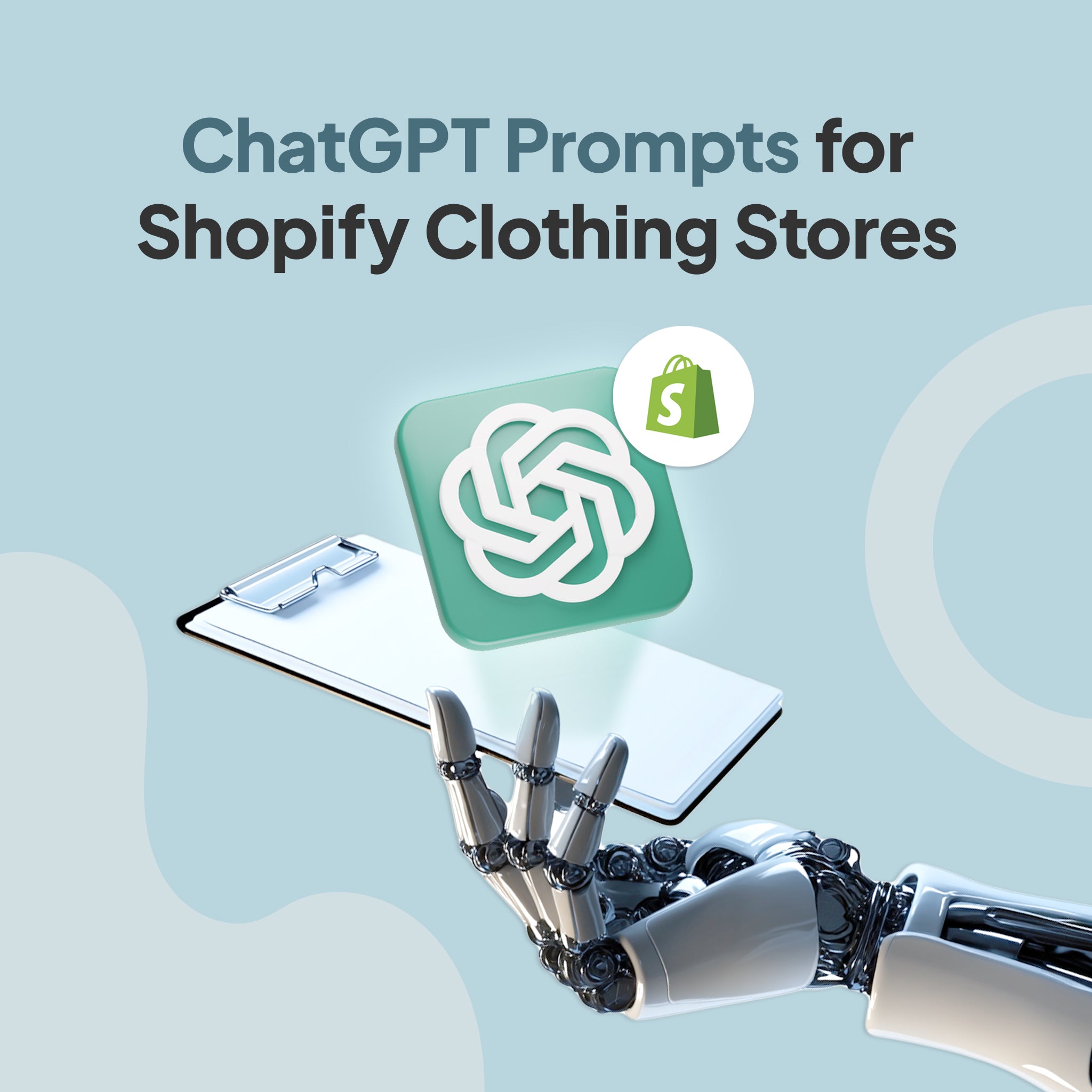

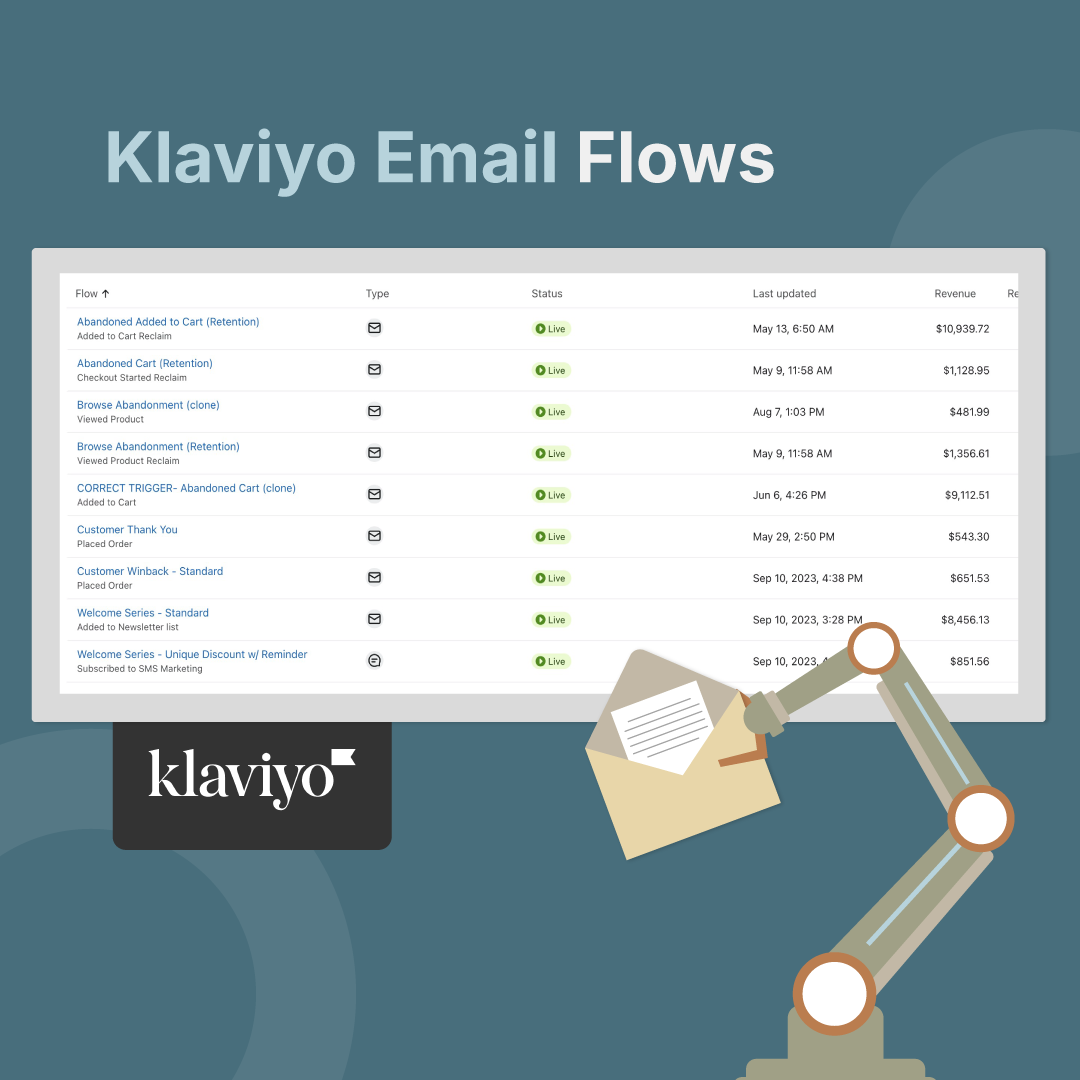
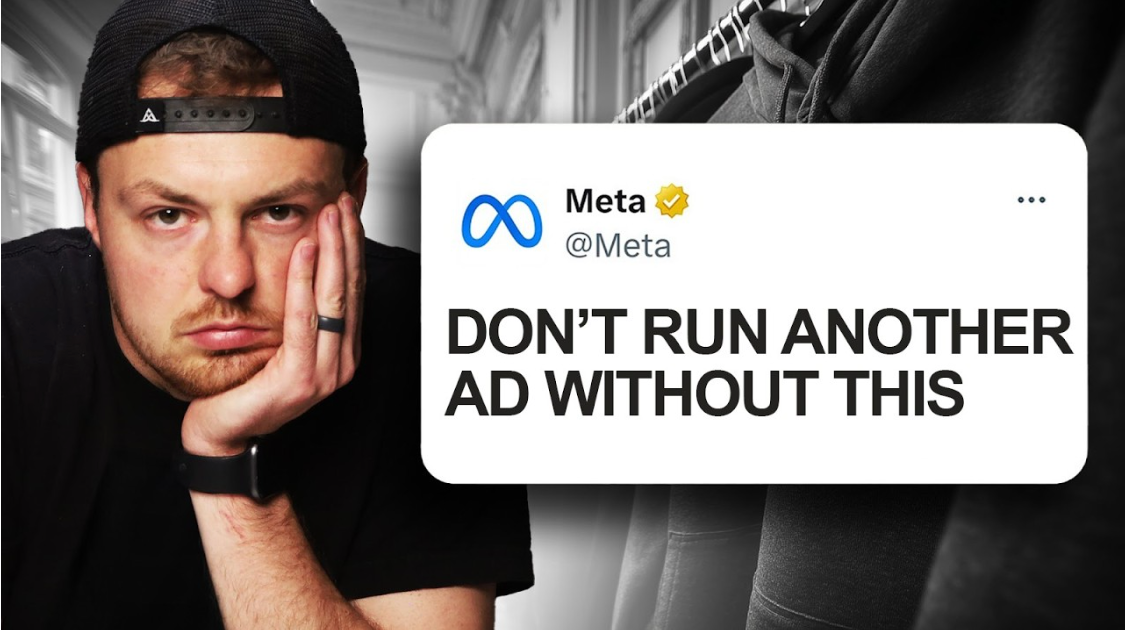
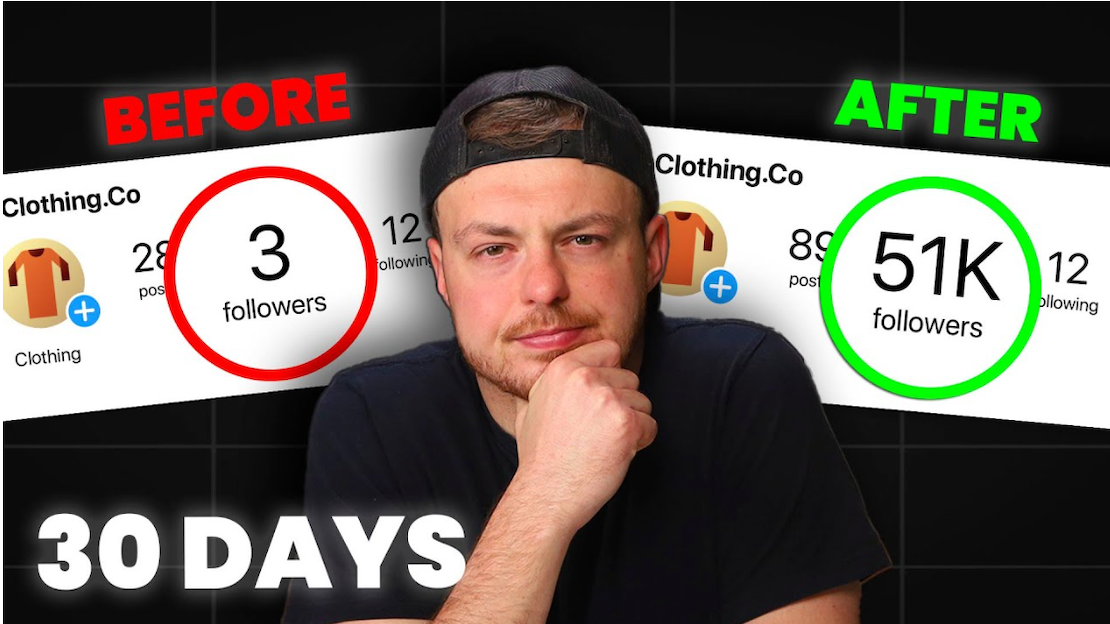
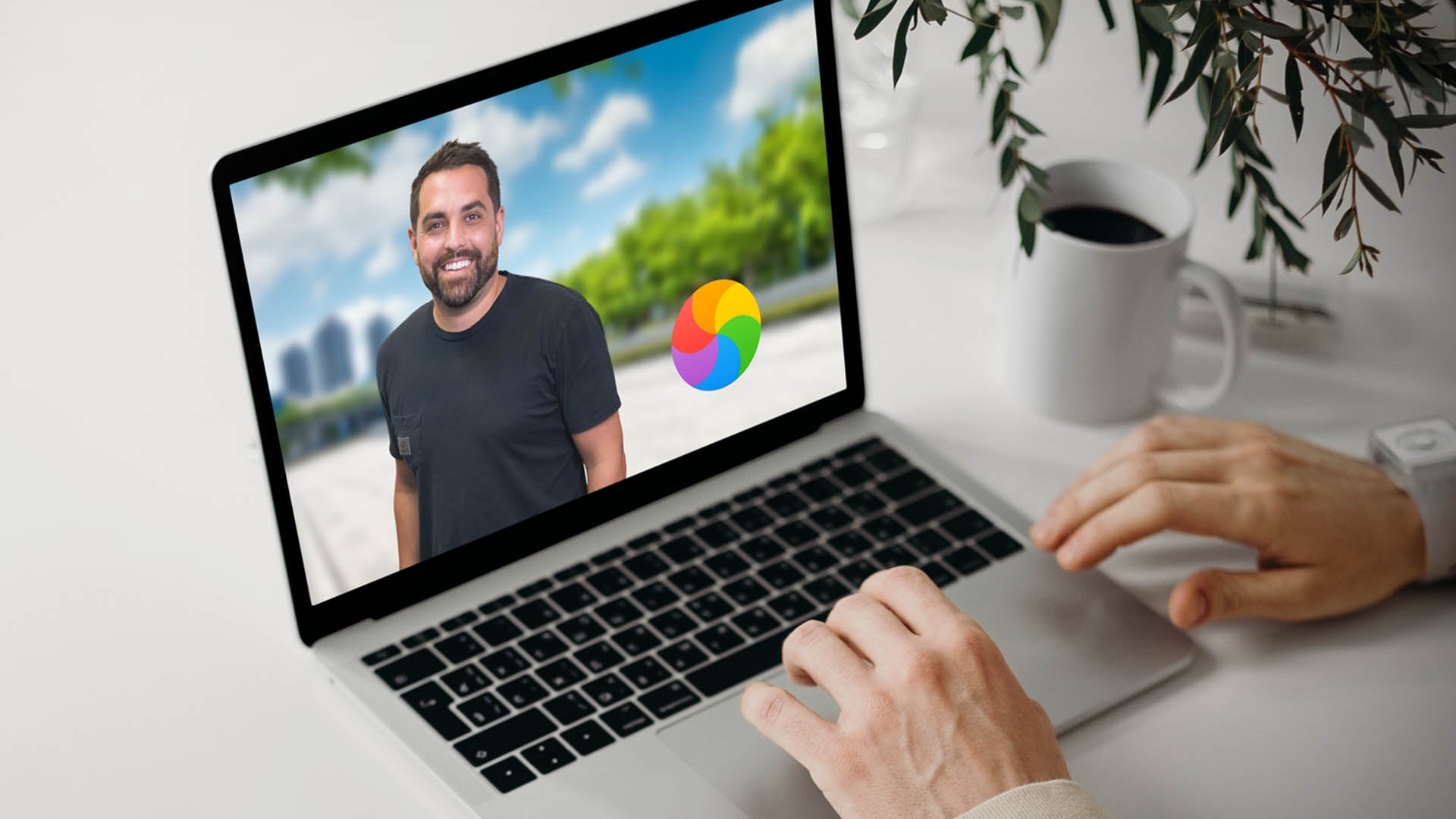
Share:
Shopify Expert Roasts Your Clothing Brands
Why Clothing Brands Posting PERFECT Content Stay Stuck